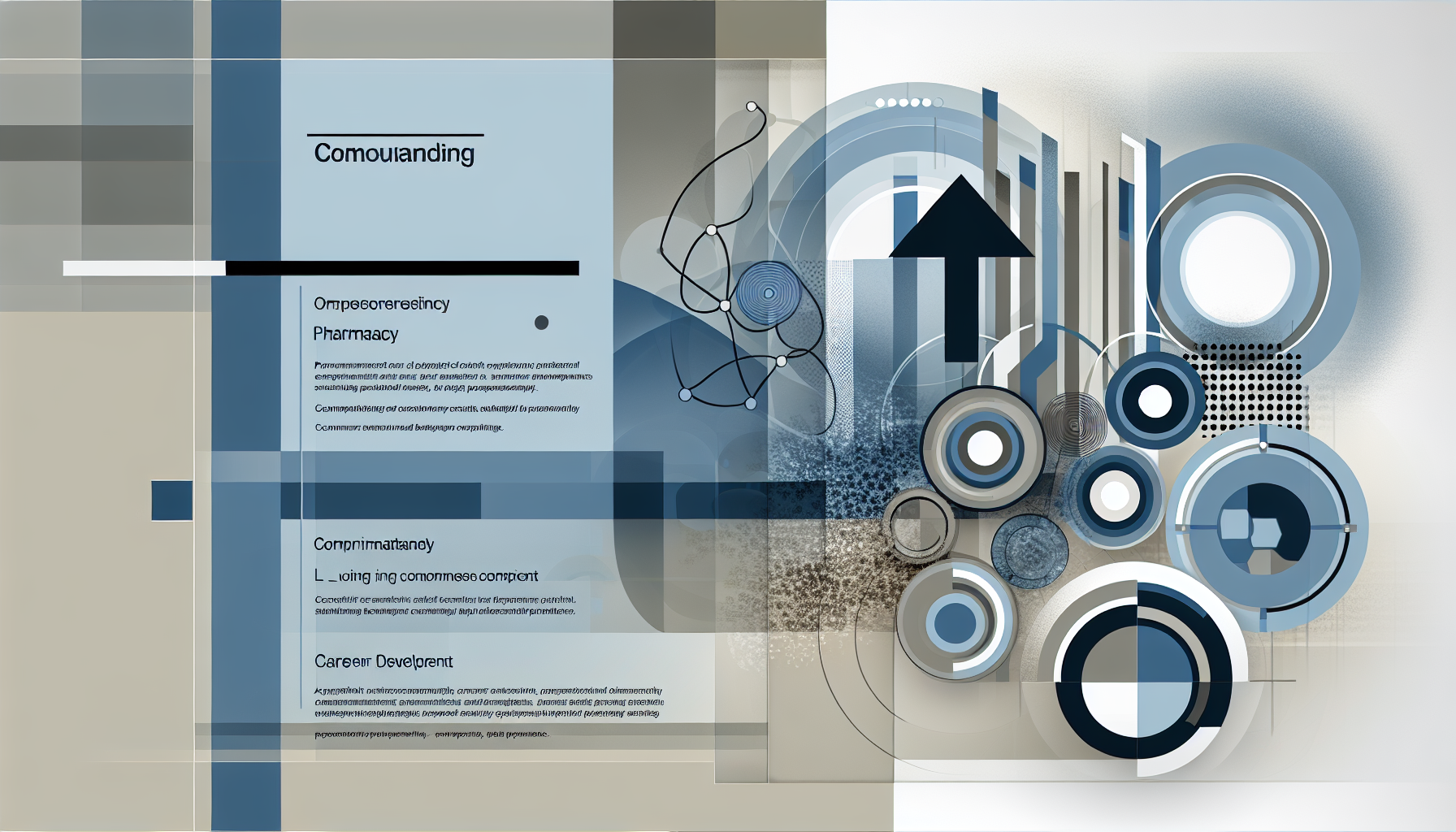Understanding Compounding: A Pharmacy Technician's Essential Guide

Clearing Up Misconceptions About Compounding
Here’s a little secret: many people think compounding is just about mixing a few ingredients together and calling it a day. But wait, there’s more to it! In reality, compounding is a highly specialized process that involves creating custom medications tailored specifically to patient needs. Think of it like being a pharmacist's artist, but instead of paint, you’re using active pharmaceutical ingredients.
In my experience, pharmacy technicians often find themselves in situations where patients have unique needs—like allergies to certain excipients or requiring a specific dosage that isn’t commercially available. This is where your skills in compounding shine.
The Basics of Compounding
So, what does every pharmacy technician need to know about compounding? Let’s dive into the essentials.
Understanding the Process
At its core, compounding involves two main components: formulation and preparation. The formulation is where you determine the correct ingredients, dosages, and methods. Preparation is the hands-on side, where you mix and create the medication.
For example, take a patient who needs a liquid form of a medication that usually comes in tablets. Instead of sending them away with a prescription they can’t use, you can compound a liquid version just for them. It’s like being a pharmacist superhero, swooping in to save the day!
Key Skills for Compounding Success
Now, you might be thinking, “What skills do I actually need to excel in compounding?” Here are a few indispensable ones:
- Attention to Detail: Every ingredient matters. Mistakes can lead to ineffective or dangerous medications.
- Knowledge of Techniques: Familiarize yourself with various compounding techniques, from simple mixtures to complex formulations.
- Understanding of Regulations: Compounding is tightly regulated, so knowing the laws and guidelines in your state is crucial.
For instance, I once worked with a technician who overlooked a critical regulation while compounding, leading to a temporary suspension of their license. It was a hard lesson, but it reinforced the importance of knowing the rules inside and out.
Real-World Scenarios
Let’s paint a picture of what compounding might look like in a real pharmacy setting. Imagine a child who’s unable to swallow pills. The doctor prescribes a medication, but it only comes in tablet form. Here’s where the technician’s role becomes vital:
- The technician discusses with the pharmacist about creating a flavored liquid version that the child will actually take.
- They carefully measure out the active ingredient and combine it with a sweet flavoring base to make it more palatable.
- The end product is a customized medication that meets the child’s needs, ensuring they get the treatment they require.
But hold on—this isn’t just about making medications easier to take. It’s about improving patient outcomes and satisfaction, making it a truly rewarding part of the job!
Unexpected Insights About Compounding
Here’s something some might not realize: compounding isn’t just for prescriptions. It can also involve creating products for veterinary medicine, hormone replacement therapies, and even cosmetic preparations. On the flip side, it’s important to remember that not all states allow pharmacy technicians to compound medications, so always check local regulations.
Wrapping It Up
As a pharmacy technician, understanding compounding opens up new avenues in your career. You’re not only boosting your skill set, but you’re also making a tangible difference in the lives of patients. So when you find yourself at a job board, showcasing your compounding skills could really set you apart from the crowd.
What’s your experience with compounding? Have you created any unique medications that made a difference for a patient? I’d love to hear your stories!
Tags:
Blog System
Content Author


